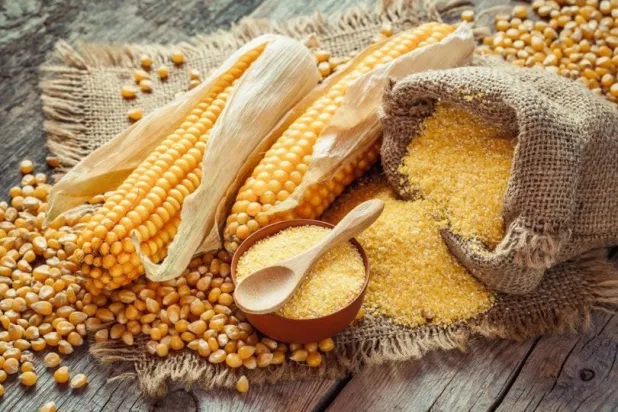Publisher: Maaal International Media Company
License: 465734
Corn prices record the largest loss in a decade… wheat and soy fall
Corn futures closed in Chicago on Friday, December 29, with the biggest annual loss in a decade, while wheat and soybeans also recorded sharp annual declines after the size of the crops in Brazil and the strength of trade in the Black Sea eased fears about the weather and war.
Overall, the most active corn contract closed down 31% over the course of 2023, the largest decline since 2013 for the most traded crop globally.
Wheat fell 21 percent this year, while soybeans lost 15 percent
اقرأ المزيد
Cereals and vegetable oils will end a multi-year series of price gains related to crop declines, the Covid-19 pandemic, and the war in Ukraine.
Record corn crops this year in Brazil and the United States, in addition to an all-time high in Brazilian soybean production, helped offset the severe drought in Argentina.
But improved rainfall in Argentina near the end of the year allowed farmers to make good progress in planting the next corn and soybean crops.
Next year, farmers are likely to feel the effects of lower prices and prioritize growing soybeans in the United States.
A state of calm prevailed in grain markets thanks to large wheat exports from Russia, which also harvested a huge crop this year, and the recovery of grain shipments from Ukraine after Kiev operated a new shipping lane.
Futures contracts declined due to small quantities in the last trading days of 2023.
The most active corn contract on the Chicago Board of Trade fell three cents to $4.71 and a quarter of a cent per bushel at settlement.
The most active wheat fell three and a half cents to $6.28 a bushel.








